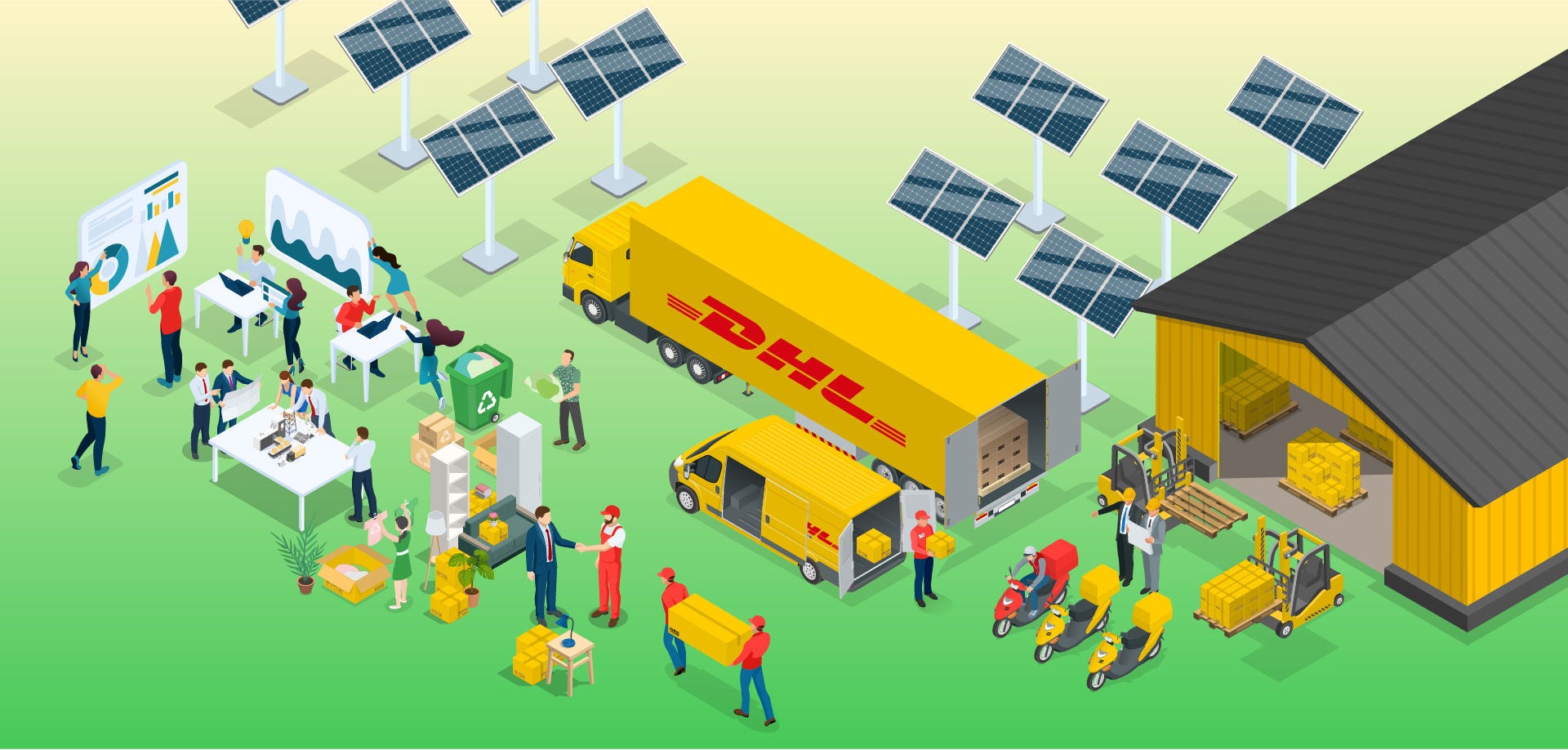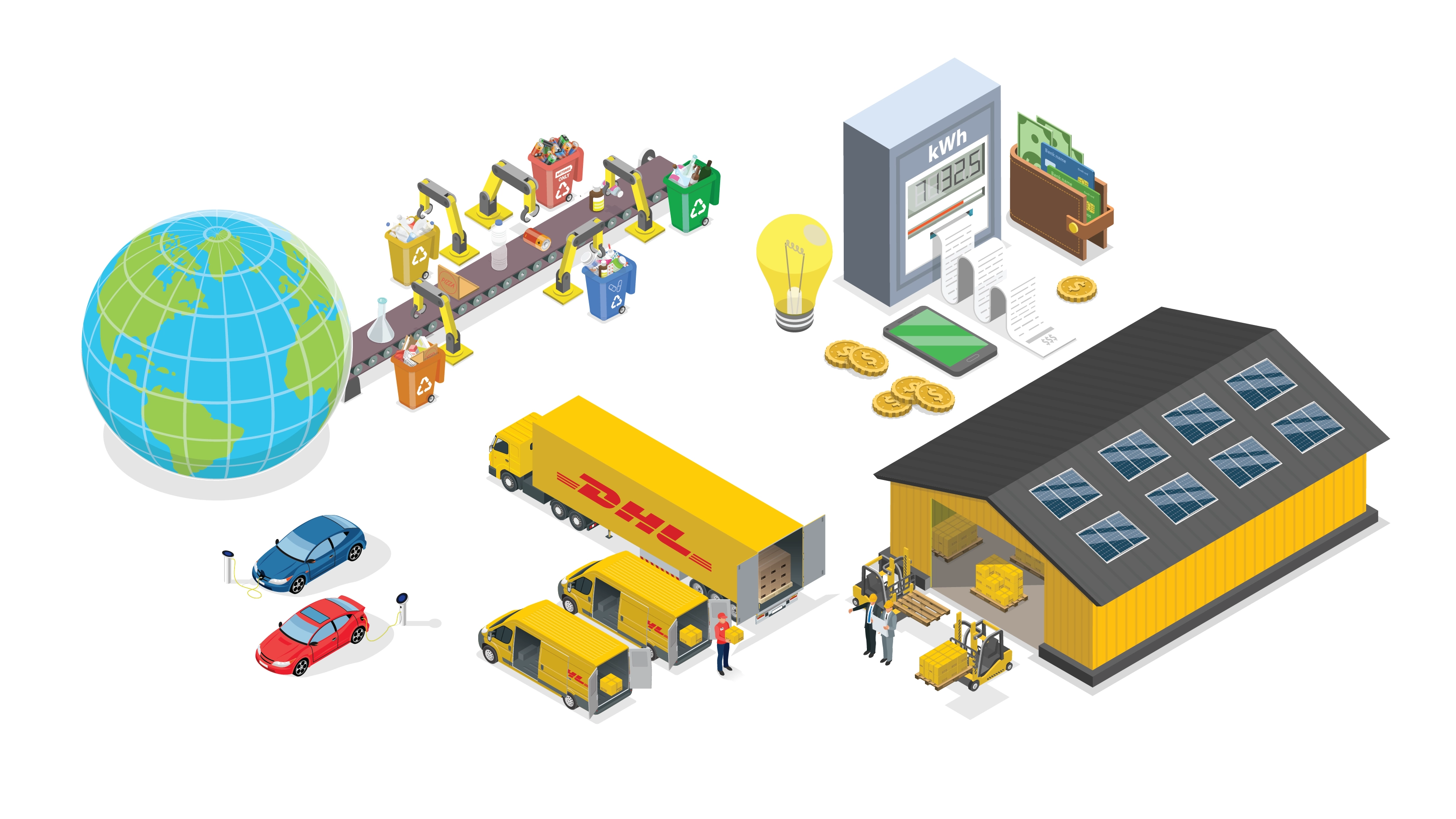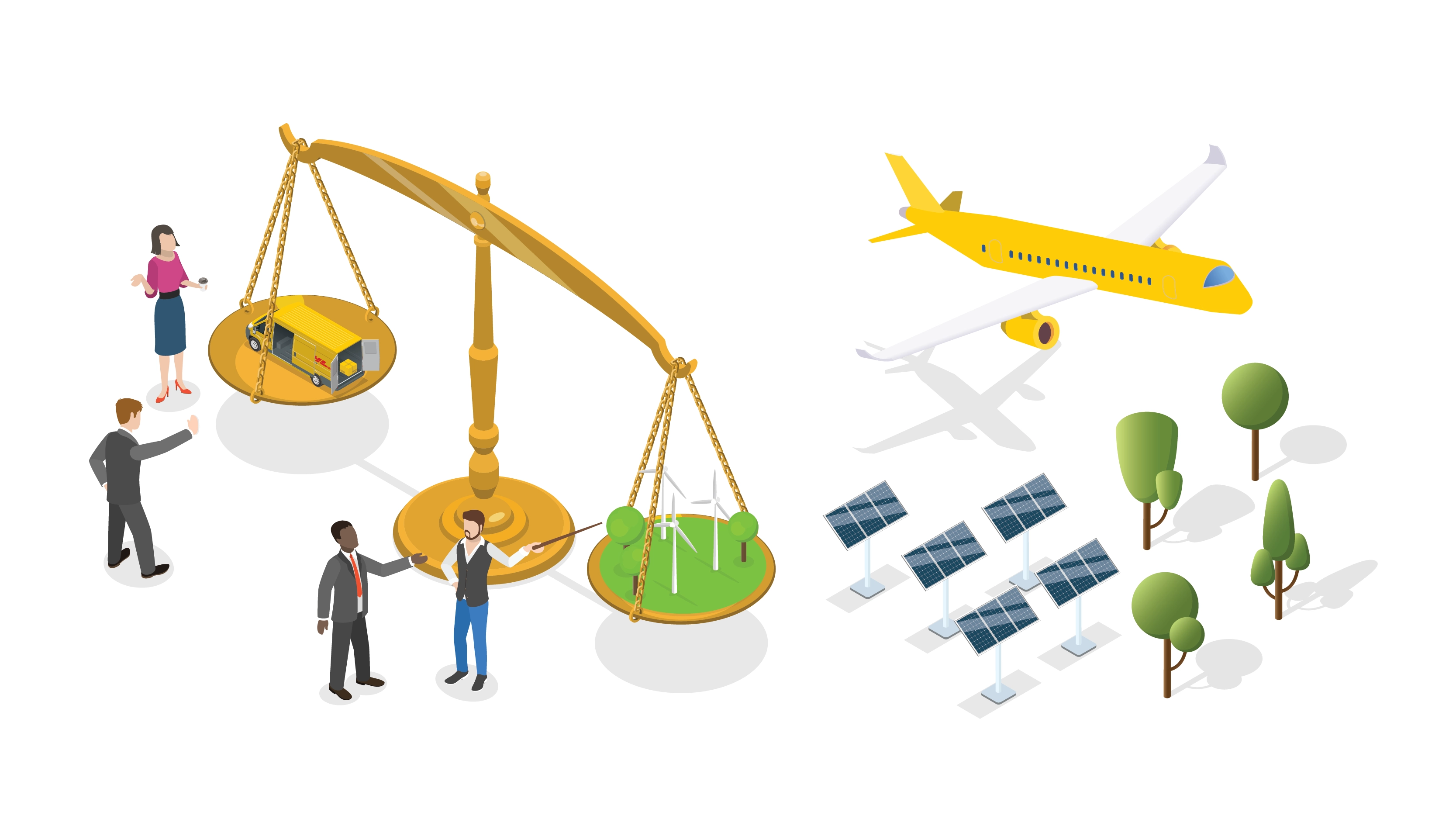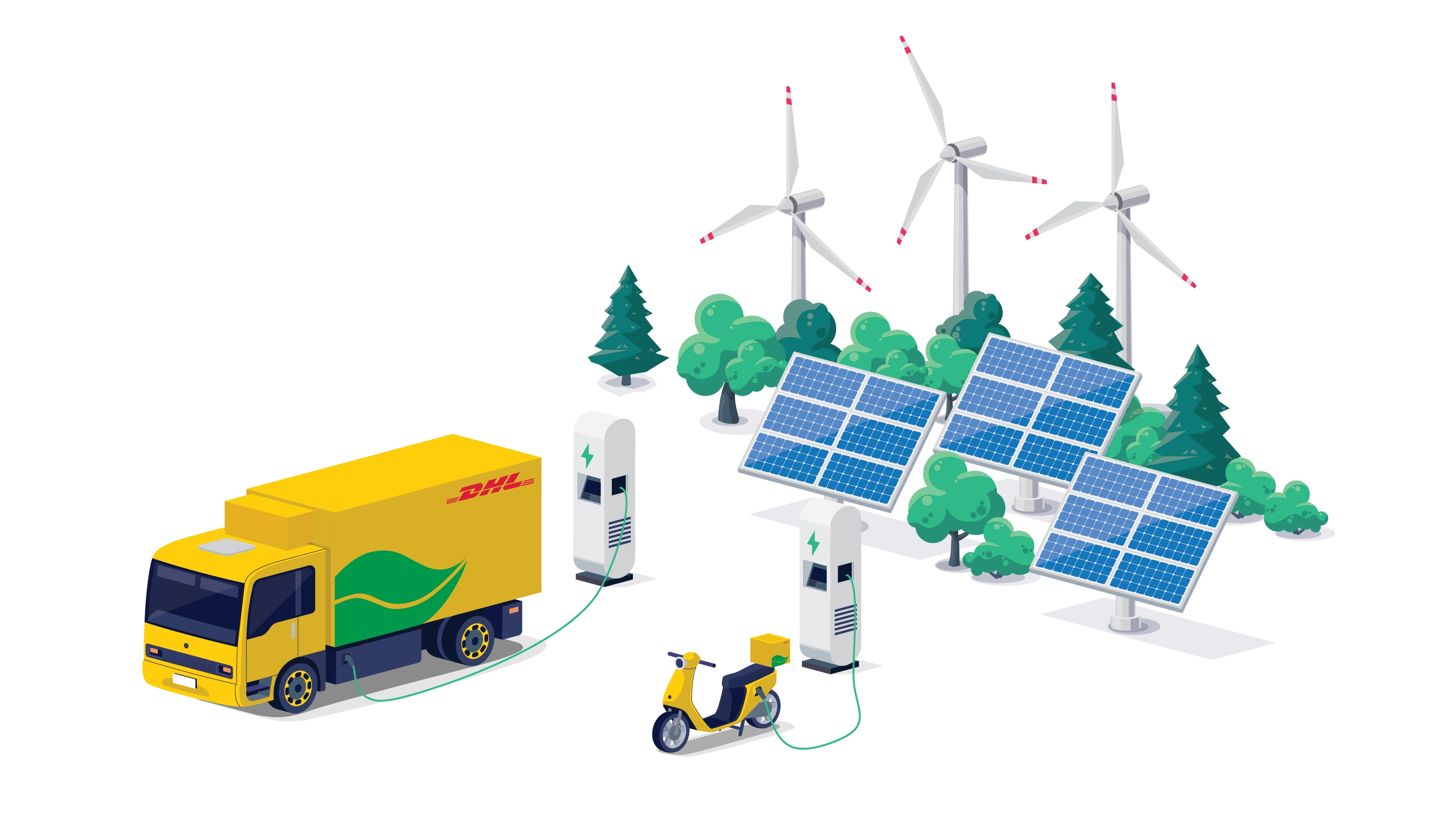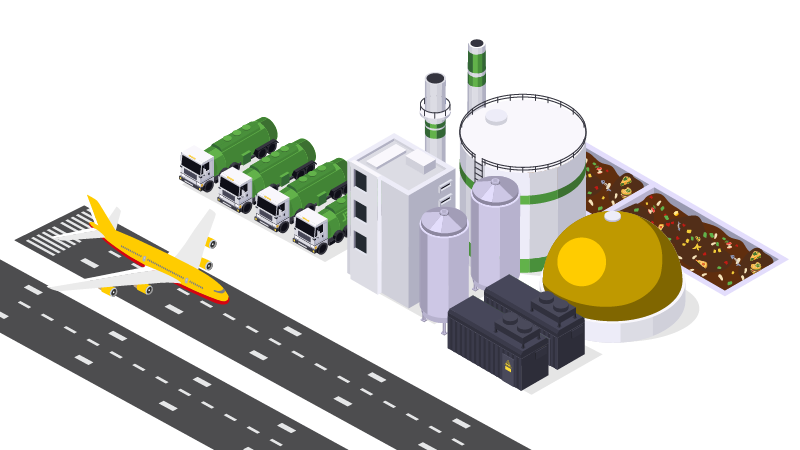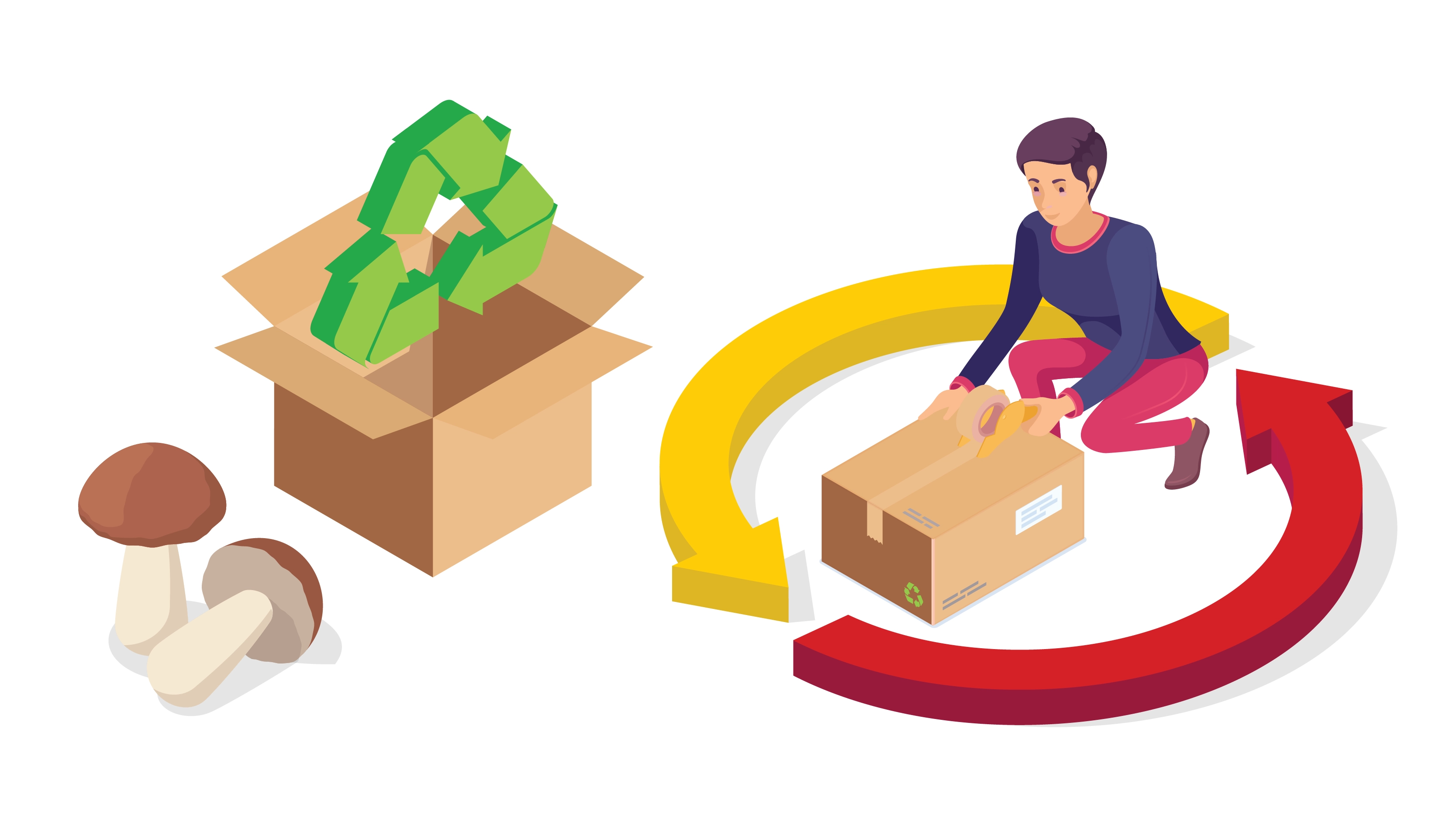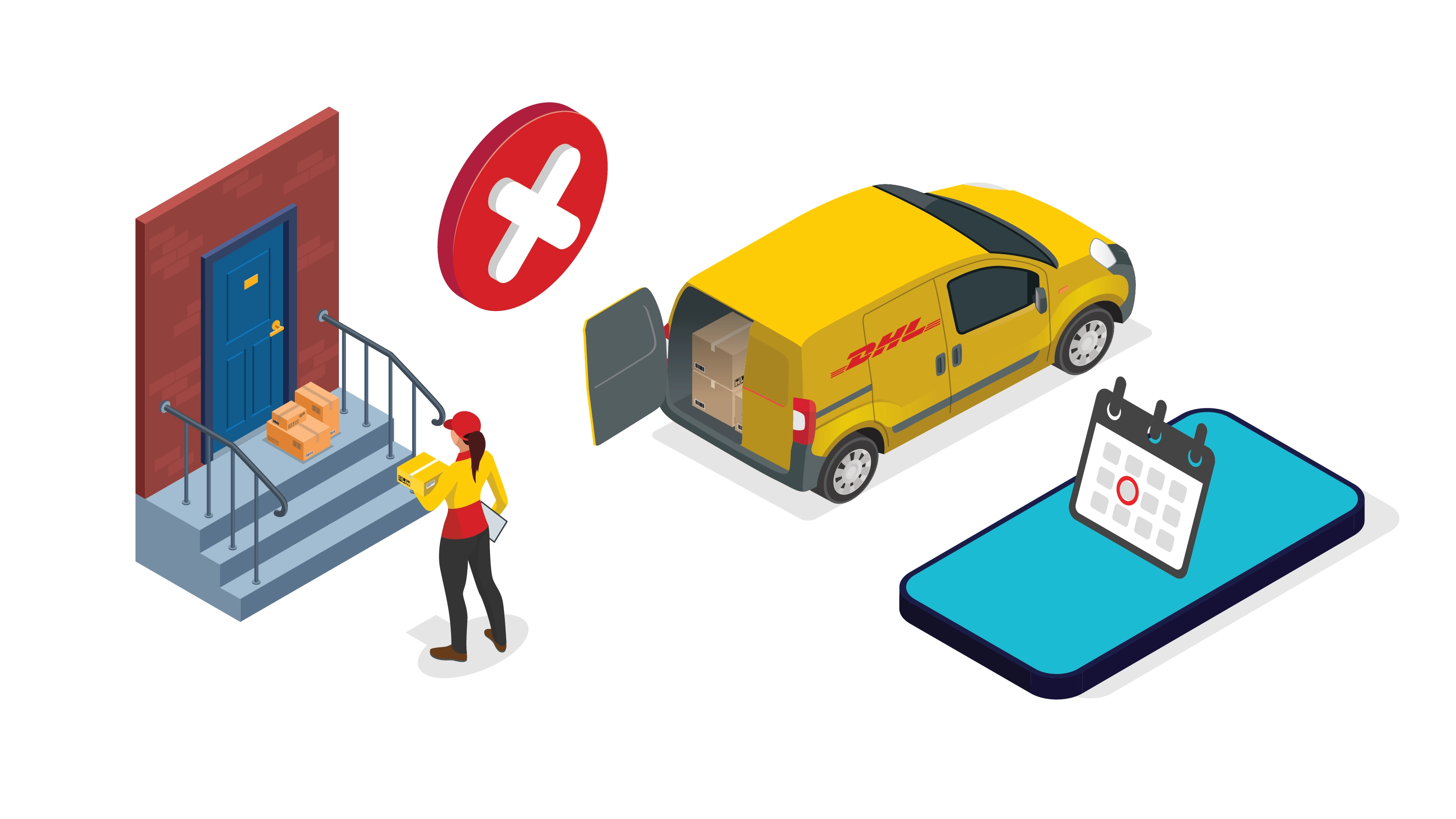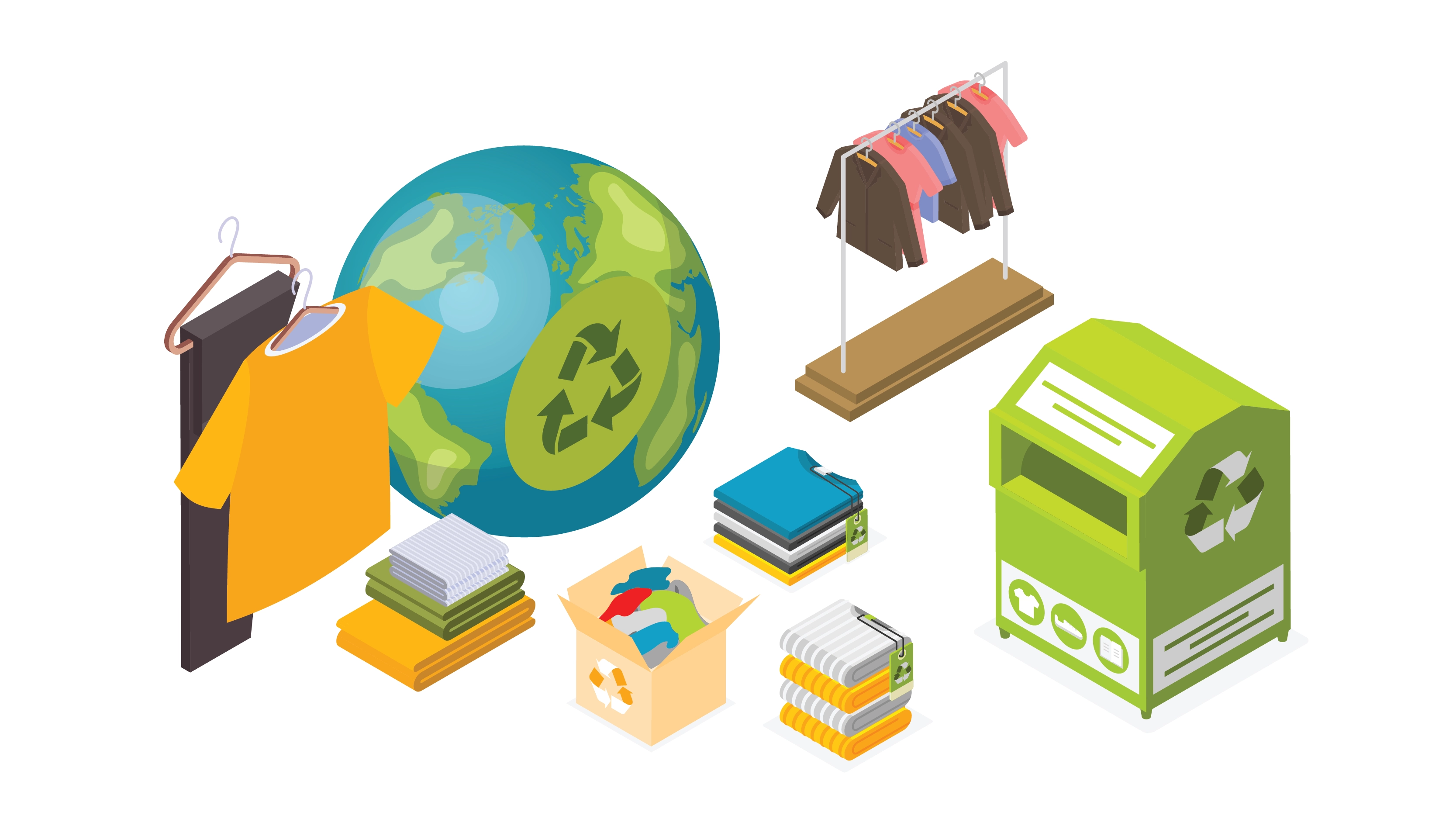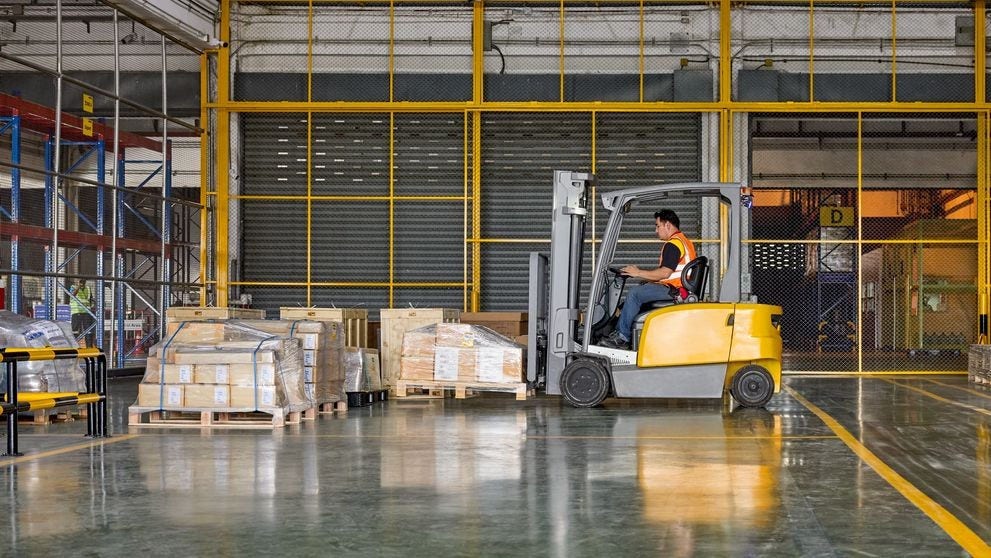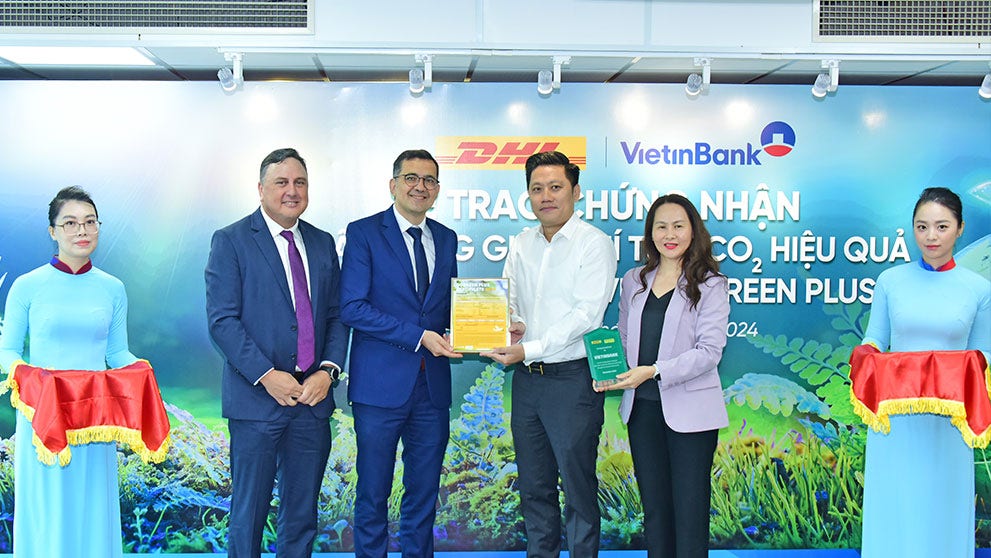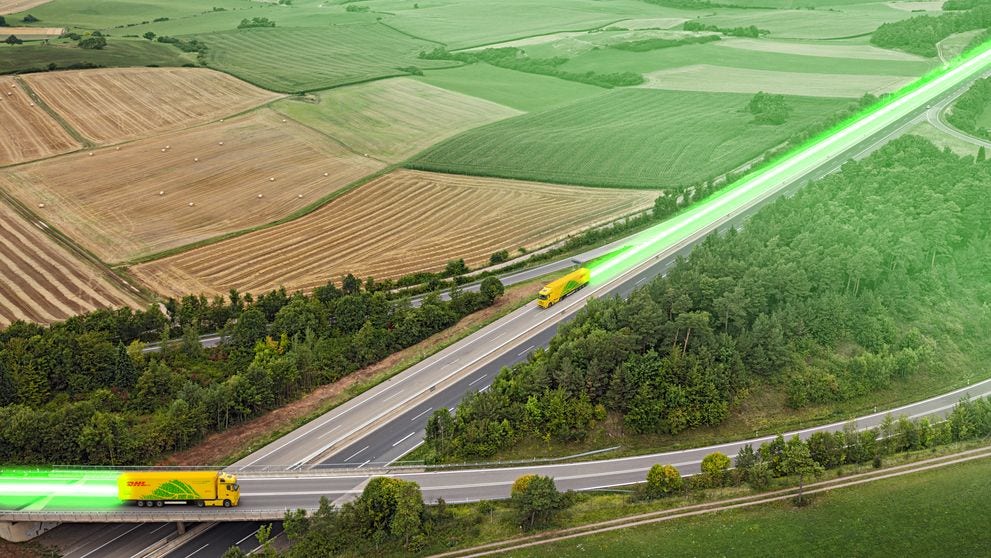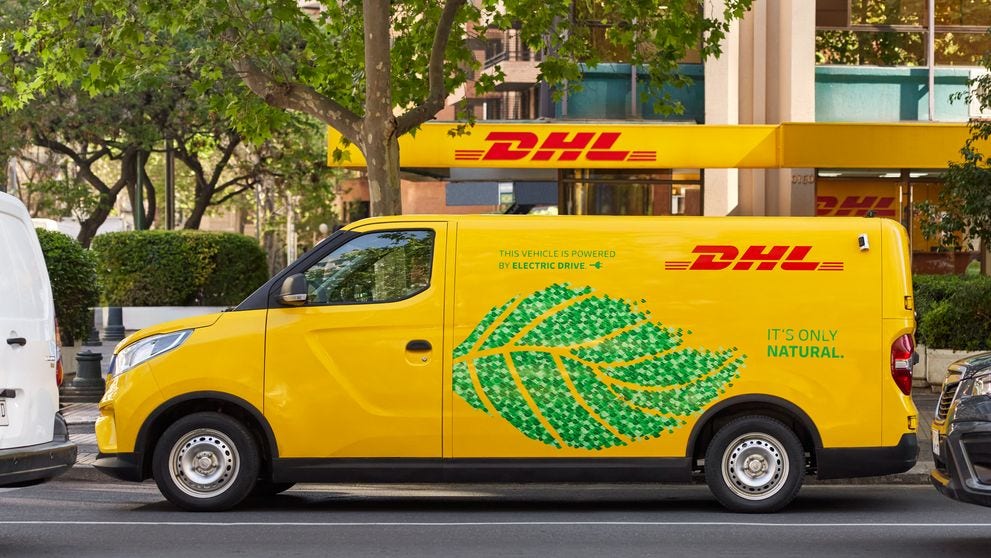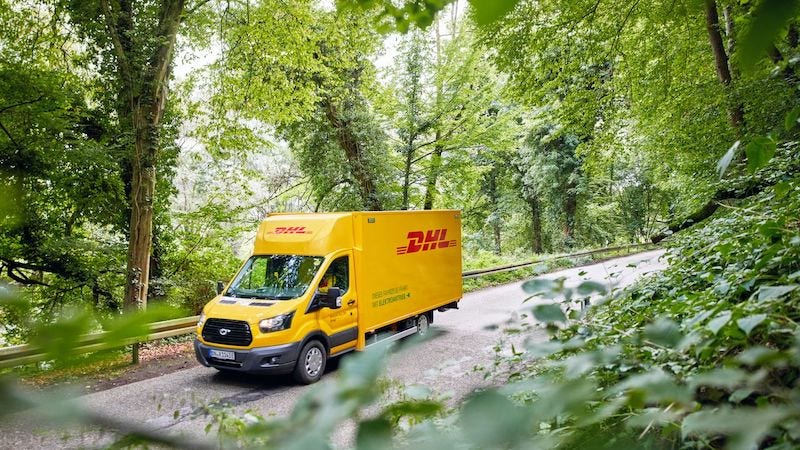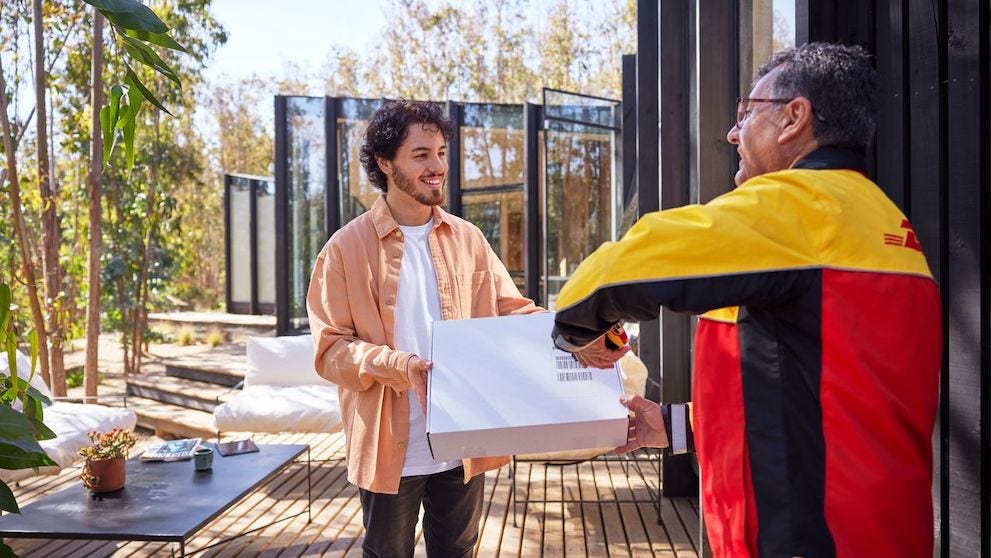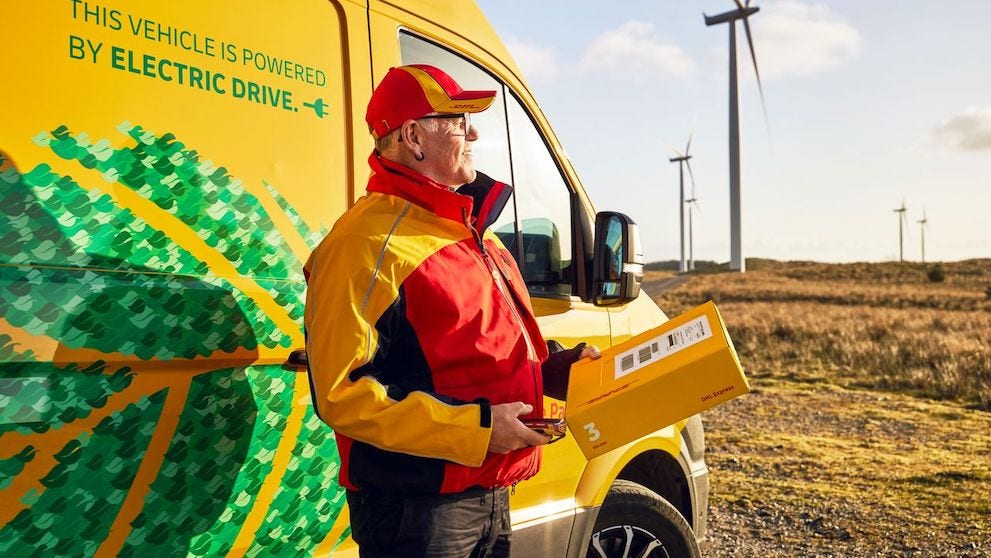Planning for a green supply chain
Waste within your supply chain not only has a big impact on your emissions but also your bottom line. Whether that’s wasted employee time, due to a poor warehouse layout for example, wasted space in the warehouse, or wasted stock due to inadequate inventory planning. Smart technologies can help with reducing these types of waste and improving your yard logistics.
However, by far the most obvious obstacle to achieving a green supply chain is transport. Clearly, you need to move your product from your supplier to your warehouse and from there to your customer. But transport is a notorious contributor to greenhouse gas emissions.
One way to reduce its impact is by Route Optimization. By using Route Optimization tools you can reduce the time and distance to the destination, with no excess mileage, and hence lower fuel consumption – reducing both emissions and costs.
Training delivery drivers in eco-driving also helps – such as driving at the most fuel-efficient speed, whenever possible. And using greener fuel is an even better way to reduce your transport emissions. Most obviously, you can insist on the use of electric vehicles for road transport, but if you’re shipping cross-border, sustainable aviation fuel is now available too.
So there are plenty of ways you can get closer to a green supply chain.


